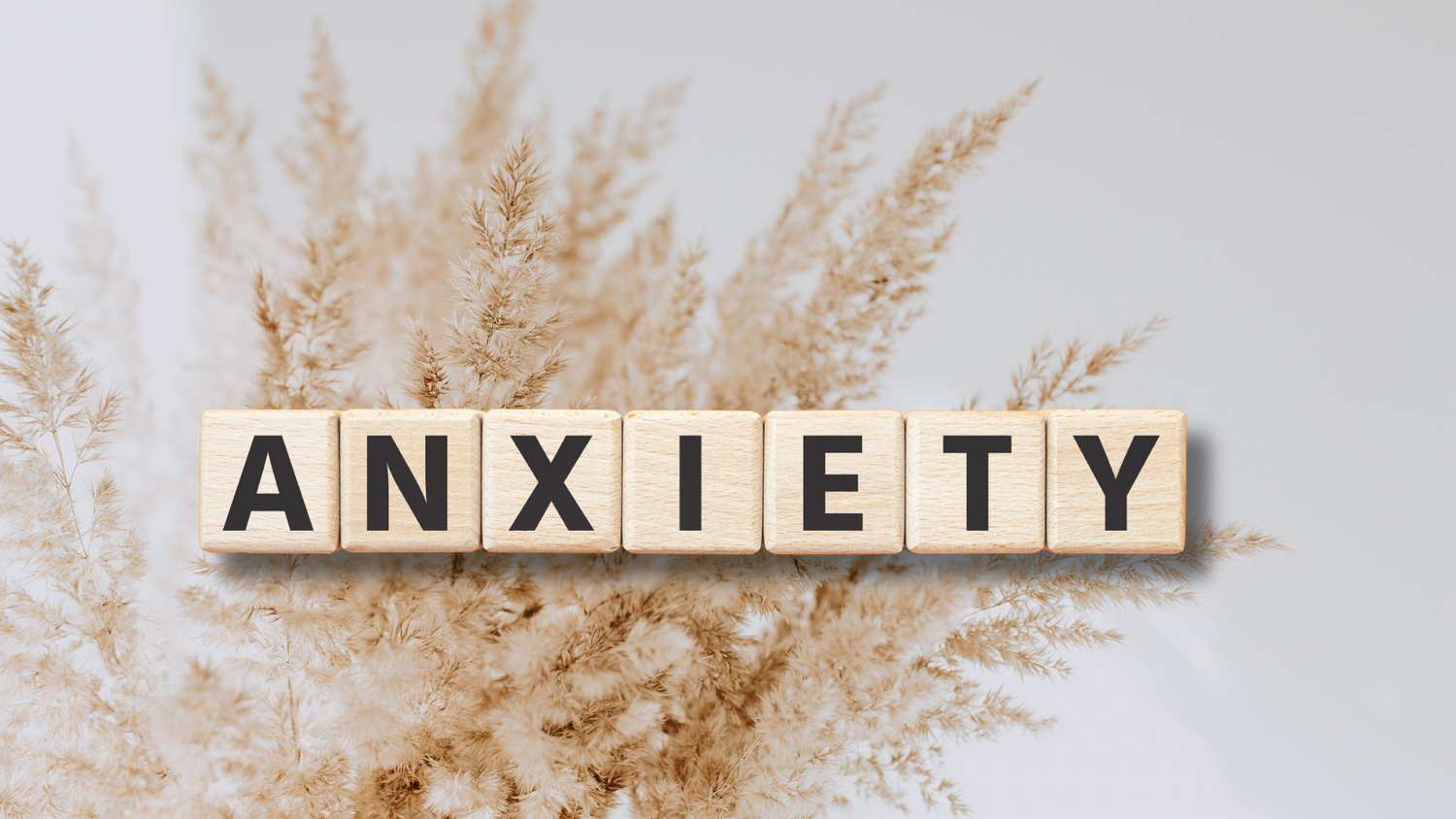Navigating the realm of women's health has always had its fair share of surprises and challenges. Remember the first time you got your period? The confusion, the unease, and perhaps even that little bit of awkwardness? As we age, we're reminded that the unexpected is just around the corner. Perimenopausal flooding, while perhaps a bit embarrassing or unexpected for some, is one of those twists in the tale many of us experience. But if we can handle the surprises of our first period, we can certainly handle this, right? Let’s dive into the facts.
What is Perimenopausal Flooding?
Perimenopausal flooding is a phenomenon many women encounter as they approach menopause. It refers to episodes of abnormally heavy and prolonged menstrual bleeding. Instead of the usual predictable cycle many women have become accustomed to, they find themselves facing sudden and intense periods.
While most menstrual cycles result in blood loss of about 2 to 3 tablespoons, someone experiencing perimenopausal flooding can lose much more. This kind of heavy bleeding often requires the frequent changing of super-absorbent sanitary products, sometimes as often as every hour. The flow can be so intense that women bleed through their sanitary pads or tampons, in these cases, additional protection, such as period underwear or bed pads, can be helpful.
Besides the sheer volume, the duration of periods can also be longer, sometimes extending beyond a week. This increased flow is often accompanied by large blood clots and can be distressing, inconvenient, and uncomfortable. It's not uncommon for women experiencing this kind of heavy bleeding to need to plan their days around their periods, ensuring easy access to restrooms and often carrying a stash of extra menstrual products with them wherever they go.
The unpredictability adds another layer of challenge. A woman might go several months with regular periods and then suddenly face a month of intense flooding. This irregularity is emblematic of the perimenopausal phase, which is defined by its unpredictability as the body begins its transition towards menopause.
Why Does It Happen?
Perimenopause is the period leading up to menopause, marking the end of a woman's reproductive years. During perimenopause:
- Hormonal Fluctuations: The levels of oestrogen and progesterone, two primary hormones responsible for regulating the menstrual cycle, can become erratic. This can lead to an overgrowth of the endometrial lining, which then sheds in a heavy manner, resulting in perimenopausal flooding.
- Ovulatory Changes: As women approach menopause, they may not ovulate every month. When ovulation doesn't happen, progesterone isn't produced. Without this hormone to balance the effects of oestrogen, the endometrial lining can become overly thick, resulting in a heavier period when it sheds.
What Can Women Do?
Facing perimenopausal flooding can be challenging, but there are several ways to manage it:
- Consultation: First and foremost, see a gynaecologist or healthcare provider. They can rule out other potential causes of heavy bleeding, such as fibroids or polyps.
- Non-Hormonal Treatments: Some non-hormonal treatments like tranexamic acid can reduce bleeding. NSAIDs like ibuprofen can also lessen the bleeding and help with pain.
- Hormonal Treatments: These include:
- Coils: The intrauterine system (IUS), such as the Mirena coil, releases progesterone which thins the lining of the uterus, leading to reduced bleeding.
- Low Dose Birth Control: These pills can regulate hormones and reduce the intensity of the flooding.
- HRT (Hormone Replacement Therapy): Helps in balancing oestrogen and progesterone levels, which can alleviate symptoms.
- Lifestyle Changes: Maintaining a healthy weight, managing stress, and limiting the intake of alcohol and caffeine can sometimes help in alleviating symptoms.
- Use of Protective Products: Super-absorbent tampons and pads, or even menstrual cups, can be particularly useful during episodes of flooding.
- Surgical Procedures: In extreme cases, when the bleeding is not manageable by other means, procedures like endometrial ablation (where the lining of the uterus is destroyed) or hysterectomy (removal of the uterus) might be considered.
When Will It Stop?
The unpredictable nature of perimenopause means that it's difficult to pinpoint exactly when perimenopausal flooding will cease. However, as women reach menopause and periods come to an end, these episodes of flooding will also stop. Menopause is clinically defined as going 12 consecutive months without a period.
Alright, ladies, just when we thought we'd mastered the monthly surprises, along comes perimenopausal flooding like an unexpected sequel nobody signed up for! But, armed with knowledge, period undies, pads, tampons – basically, the full kit – we'll sail through this phase like champs. Here's to navigating the flood with flair, and remember, this too shall pass.





